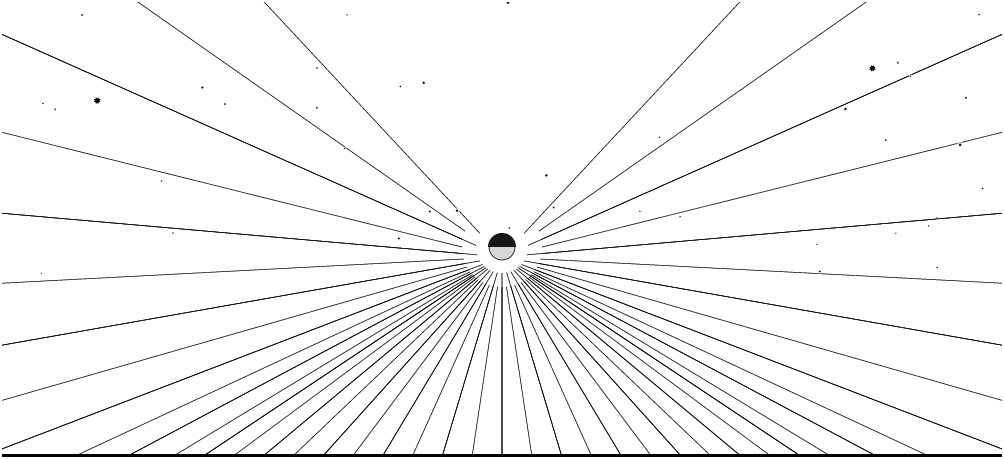
These fixtures are by many architects considered ideal. They can look fine in daylight. During night they shine mostly to your eyes and to the space, and just little to the ground. People with eye disabilities may see nothing but the lamps.

These fixtures are by many architects considered ideal.
They can look fine in daylight.
During night they shine mostly to your eyes and to the space,
and just little to the ground.
People with eye disabilities may see nothing but the lamps.

Lighting fixtures with a pronounced belly are still taken as a matter-of-course
by uninformed people. Even such fixtures cast too much light to the sky and
obtrude people by glare. Some one third of light serves nothing else
but pollution.

Just a fixture with a flat glass on the bottom side directs the light
properly. Having a row of such lamps ahead, you can really see your way
and the sky can be full of stars even at the end of the city.
(Even an old fixture can become good by discarding the diffusing
bottom belly...)
Both fixtures casting most of their light downwards are shown without poles, as they can be mounted in many different ways.
Plots and text by Jeník Hollan, N. Copernicus Observatory and Planetarium in Brno, January 2001. For the source programmes in PostScript (and bitmaps *.png made from them by "convert") see directory http://amper.ped.muni.cz/~jhollan/light/schemata.